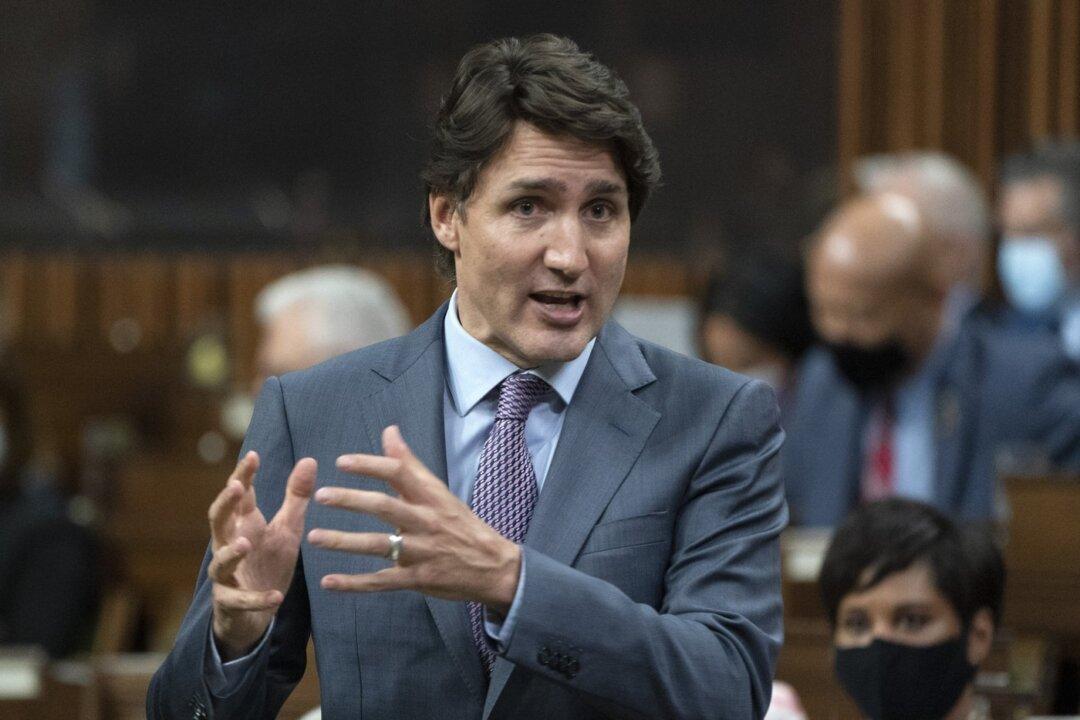Every Canadian’s share of federal debt has spiked by more than $12,000, or an increase of 35.3 percent, since Prime Minister Justin Trudeau came to office in 2015, a recent Fraser Institute study shows.
The study compared the debt legacies of every Canadian prime minister since Confederation, looking at how much the federal debt increased or decreased during their time in office. It found that the Trudeau government has accumulated the third-highest debt among all prime ministers since World War II—just behind his father Pierre Trudeau, who saw the federal debt increase by 58.8 percent per person during his second tenure from 1980 to 1984, and Brian Mulroney, with 42.5 percent between 1984 and 1993.





